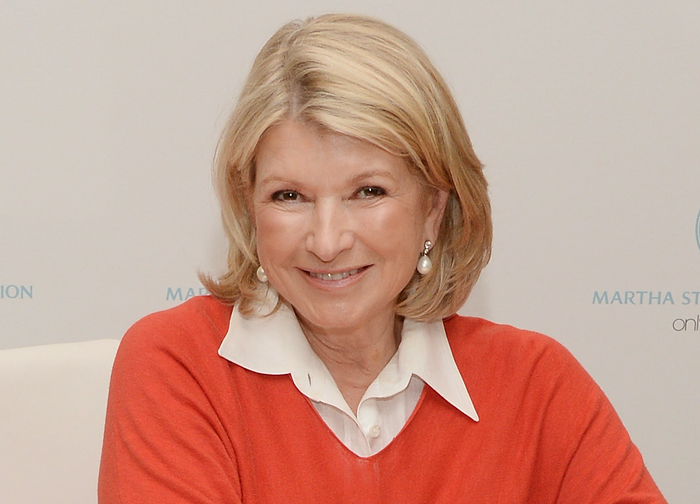In the past two years, TJ Norris has curated a pair of solid group shows: grey|area at the now defunct Guestroom Gallery, and invisible.other at New American Art Union. Balancing local and international talent, these shows revealed Norris' aesthetic vision prevailing in the face of disparate work. Cold and often monochromatic, the works in these shows flaunt sleekly seductive exteriors, if only to mask an unyielding inscrutability beneath. Indeed, in a description of .meta, the new group show he has curated at the Linfield Gallery, Norris claims all three exhibitions have been thematically united by an attention to "subtext." And like those previous shows, the work here consistently proves to be more complicated than it initially appears, often burying unpleasant, knotted signifiers under benign surfaces.
No other piece typifies this more than .meta's de facto centerpiece, Nayland Blake's "The Big One." Blake's sculpture is an enormous white, bunny-shaped bed, in which a cartoonishly wide mouth serves as a sleeping bag-like entrance. At first, the piece appears almost comically innocent: Cloudlike and hospital white, "The Big One" is clinical, even virginal. But because Blake's work often focuses on his own mixed race heritage, the bunny becomes a site of "whiteness," even resembling a Klansman's hood. Factor in that one of Blake's most famous video works, "Starting Over," features the artist tap-dancing in a bunny suit designed to weigh the same as his lover, the bunny bed is also charged with an absurdist's lovesickness. Suddenly, the work's entwined meanings converge in a perverse tangle of race, sex, shame, and desire.
The rest of the show, which seems to orbit "The Big One," reiterates this tension between surface and subtext. Stephanie Robison's gorgeous new sculpture "Decoy" impishly mimics nature with ostentatiously synthetic materials, while John Waters' collage "21 Pasolini Pimples" strives for formal beauty using literal blemishes. Most unsettling, though, is how so many of these pieces simply expose a frightening void beneath the surface. Take Eva Speer's oil painting "It Follows," a New Age-y portrayal of the cosmos, painted in moody pinks and blues. Instead of triggering some moment of transcendent reflection, Speer's schlocky, clichéd depiction of the heavens not only spells out a kind of representational vacuity, but a spiritual bankruptcy, as well.













